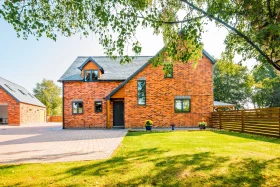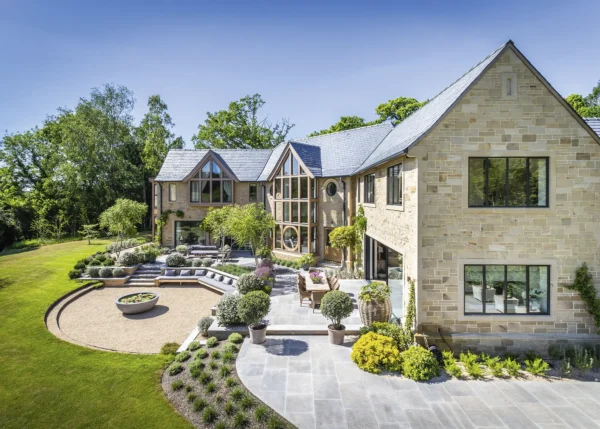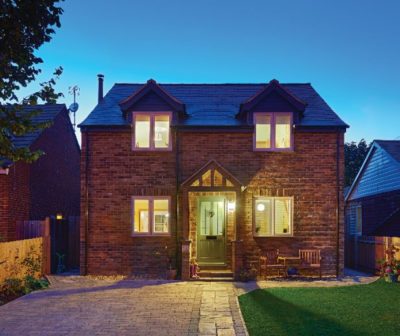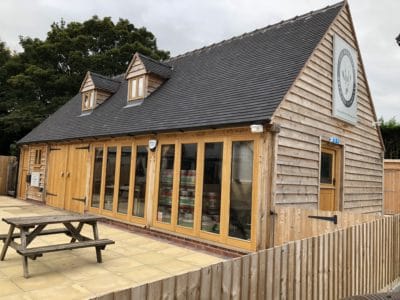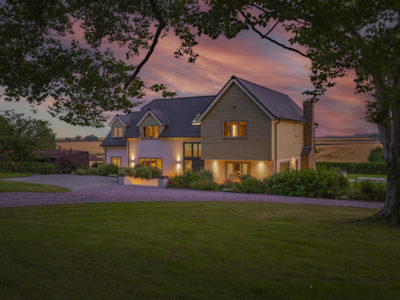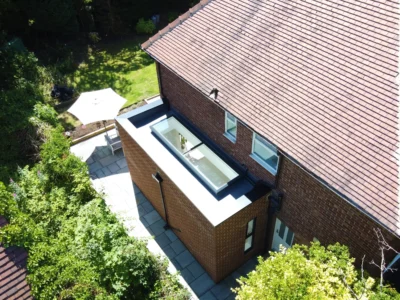Why Self Build Homes are Best: UK’s Biggest Self Build & Custom Build Survey
The National Custom and Self Build Association (NaCSBA) has launched its new annual Custom and Self Build Market Report. The 2022 Survey is the largest ever online study of people who have undertaken a self build project, providing a unique insight into the motivations, challenges and practical decisions self builders make on their journey to creating an individual home.
Self build satisfaction levels
One of the headlines from NaCSBA’s 2022 survey is that 96% of self builders who have completed a home in the last five years are either happy or delighted with their home. Only 0.2% expressed any dissatisfaction with their finished house, and 90.6% would recommend self building to others. That’s a remarkable statistic, underpinning the fact that self builders can achieve a much higher-quality home than they can access on the property market or through volume developer-built housing.
A 2016 Home Buyer Intentions report from the Housebuilder’s Federation found that 46% of people surveyed would not be likely to buy a developer-built home. Self and custom building offer a very different prospect: you get to commission exactly the house you want, to the specification and budget you want – so it’s a uniquely attractive option.
This is underpinned by the top 5 reasons people surveyed by NaCSBA gave for self building their own home:
- Being able to build a house to my specification.
- Get better value for money than with an existing home or developed new build.
- Attain a higher-quality home than with a standard new build.
- Have an eco home that’s more sustainable and environmentally friendly.
- The challenge and satisfaction of completing a project.
Self build costs & budgets
The Custom and Self Build Market Report reveals that, over the last five years, the average build budget was £312,000; with the average plot price £253,000.
The average house size was 268m2, which is remarkably close to Build It’s own real-life Self Build Education House at Graven Hill – a unique project that you can visit to learn about different building routes, structural systems, materials and finishes choices (including detailed cost breakdowns to help you set a realistic budget).
Roughly 85% of self builders finished on or only slightly over budget; and most of those within a reasonable contingency budget of 15%. And the top reason for going over budget was self builders deciding to improve the specification or change their minds. So these were voluntary, affordable choices made with the goal of maximising quality and value for money.
A large number of self builders admitted that the fault for going over budget lay at their own feet due to their own unrealistic budget plans, while a number experienced unforeseen problems along the way. Both of these issues could be mitigated by undertaken further research before starting on site – such as by reading specialist magazines, visiting live shows and having earlier conversations with architects, suppliers and trades.
Many people encountered problems at the foundation stages of their projects – a common area of overspending, as it’s difficult to be certain what lies in the ground before you start digging. This is a key reason why it’s so vital to set a healthy contingency budget on your self build project.
Around 45% of respondents needed finance to enable their builds, of which 65% used a specialist self build mortgage – suggesting there may still be a lack of awareness about the benefits of specific, tailored lending. Shockingly, 11% of people didn’t realise they could reclaim the VAT on a new build home.
Key decisions on your project
Brick and block (35%) was the most popular standalone building system, followed by prefabricated timber frame (19%). But all timber systems combined – including prefab, stick-built, structural insulated panels (SIPs) and oak – represented 44% of completed builds.
Many self builders felt comfortable taking the lead on structural materials, with 64% of respondents made all decisions about bulk building materials, with a further 20% influencing the decision. 82.7% chose all the finishing and visible materials, with 16% influencing the decision.
Render was the most popular external finish material (31%), closely followed by brick (27%), timber cladding (18%) and stonework (13%). Slate ruled the roost for roofing (31%), beating clay tiles (19%), concrete tiles (18%) and flat roofing materials (11%).
Interestingly, timber-alternative windows are extremely popular among self builders – 36% of respondents chose these, ahead of 26% aluminium, 20% timber and 17% alu-clad timber.
Gas was the most popular central heating system (43%), ahead of air source heat pumps (36.5%). These two technologies dominate, with oil (6.2%) way back in third place. We anticipate this mix could change in the coming years, as people respond to new Building Regulations and the Boiler Upgrade Scheme.
Self build challenges
It won’t come as a surprise to many of you that finding a suitable plot was among the biggest early obstacles, as was gaining planning permission. We understand the government is looking to tackle both of these areas, with Right to Build legislation due to be strengthened in the near future.
Getting finance was another big hurdle (40% of people who needed finance found it difficult to secure a mortgage). Talking to a specialist broker like BuildStore is always a good place to start.
By far the most frequently-cited issue among the surveyed self builders, however, was finding good professionals, suppliers and contractors. Build It’s online directory is a great place to start looking for trusted partners for your project – and you can meet many of them, and more great companies, at our Build It Live exhibitions in Kent and Bicester.
Where to find NaCSBA’s Custom & Self Build Market Report
The full report is available for free to companies who are a NaCSBA member, and is also available to purchase as a hard and digital copy for £295.
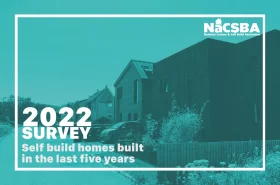


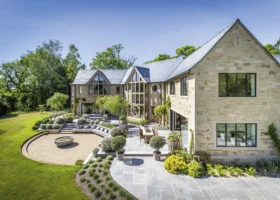












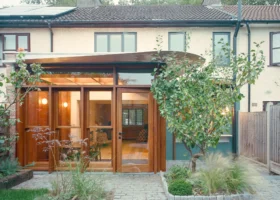































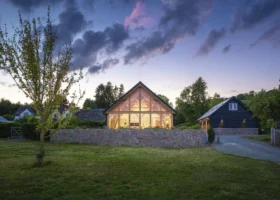













































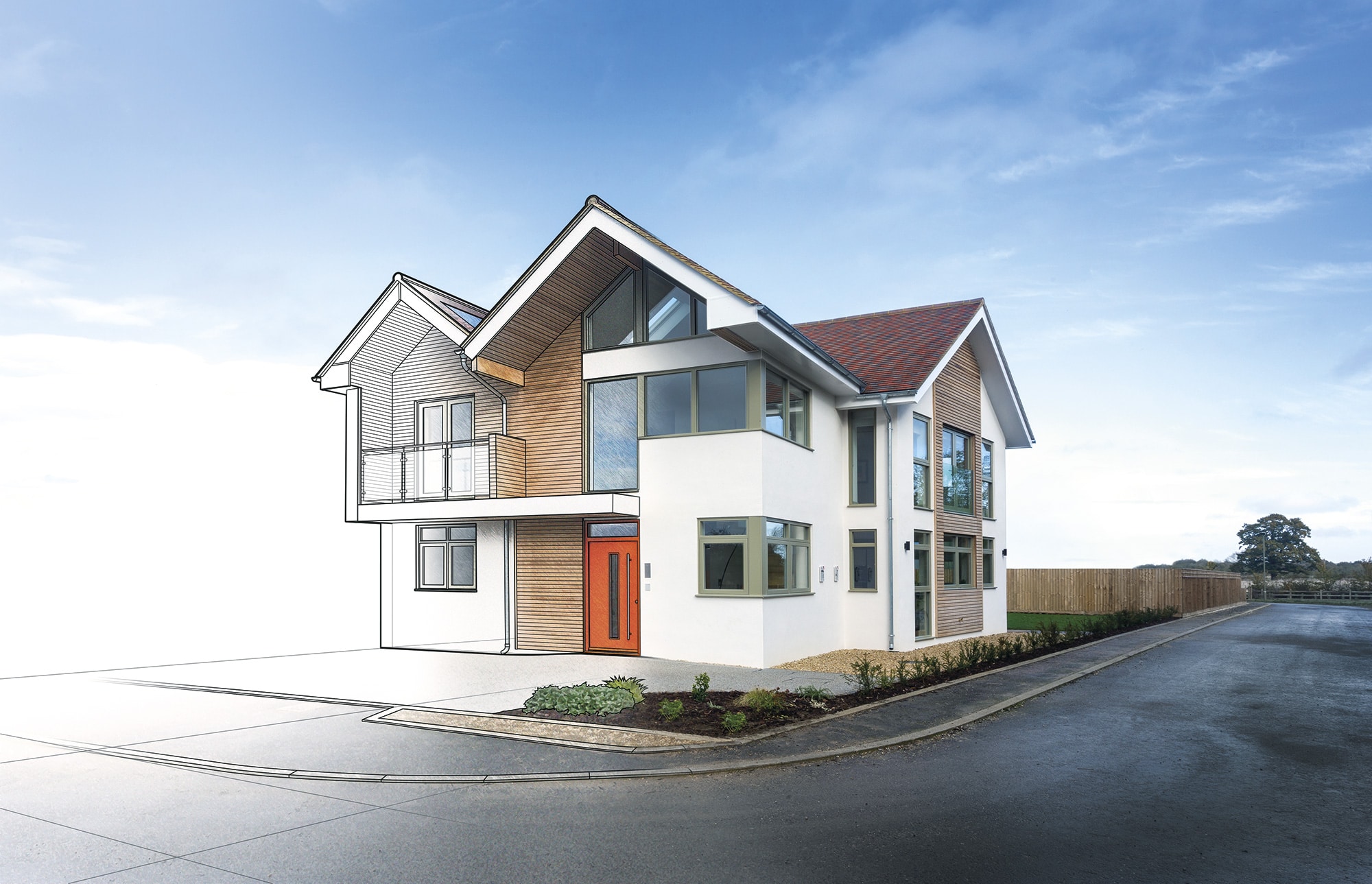
 Login/register to save Article for later
Login/register to save Article for later

